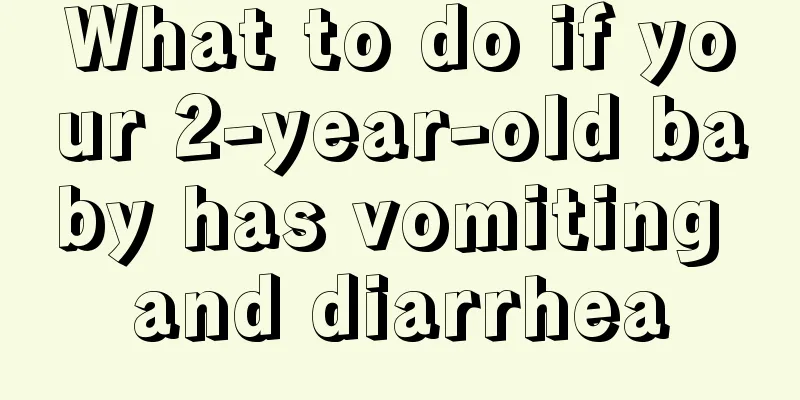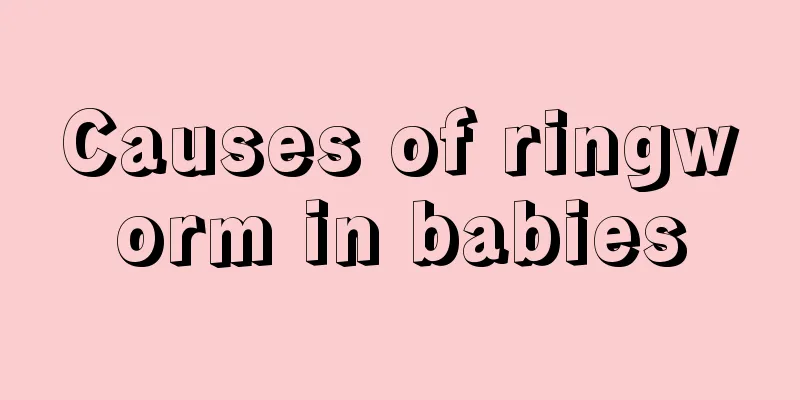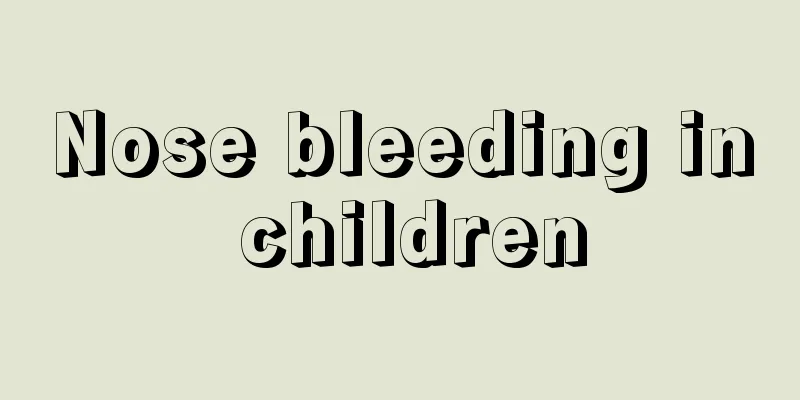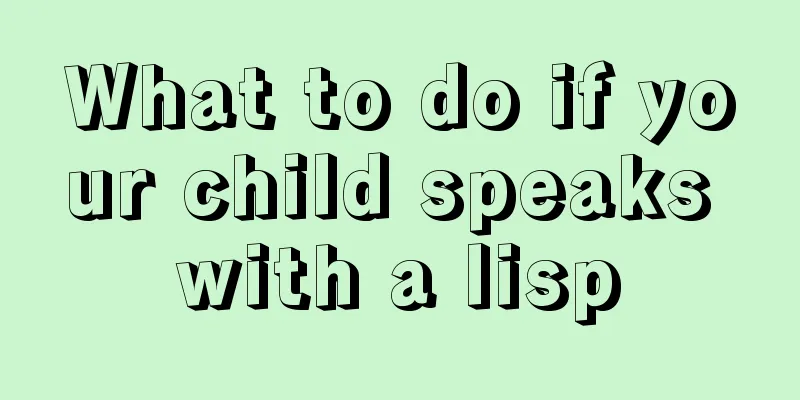Why does a two-year-old have a nosebleed?

|
Children's physical and psychological functions are very fragile compared to adults, which is why they are more susceptible to diseases. But some parents don’t understand why a two-year-old child would have a nosebleed? In the following time, let’s analyze the circumstances in which a two-year-old child would have a nosebleed. There are many reasons for nosebleeds in children. Generally speaking, children under 2 years old rarely have nosebleeds because the capillary network in the nasal cavity of children of this age is not fully developed. The site of nosebleeds in children is mostly in the capillary network area in the front of the bilateral nasal septum, also called the Li area. This vascular network is very superficial and distributed in the mucosal layer of the nasal septum. The main causes of nosebleeds in children are: 1. Nosebleeds are prone to occur when the nasal mucosa is dry, the capillaries are dilated, there is nasal inflammation or irritation, such as various rhinitis, sinusitis, nasal tuberculosis, nasal syphilis, nasal trauma, deviated nasal septum, nasal foreign bodies or nasal tumors. 2. Poor climatic conditions, such as dry air, heat, low air pressure, cold weather, and high room temperature can cause nosebleeds. 3. Some children have the bad habit of picking their noses with their hands. When the nasal mucosa is dry, it is easy to pick their noses and cause bleeding. 4. Bad habits such as being picky about food, eating a partial diet, and not eating vegetables can also cause nosebleeds due to vitamin deficiency. At the same time, certain systemic diseases such as fever, hypertension, arteriosclerosis, leukemia, thrombocytopenic purpura, aplastic anemia, etc. can also cause nosebleeds. Performance Folding When nosebleed occurs, blood usually flows out from the anterior nostril; or flows into the pharynx through the posterior nostril. When the amount of bleeding is large, both situations may occur at the same time. Sometimes nosebleeds flow into the throat, which may also manifest as "vomiting blood". This is because when nosebleeds are severe, more blood is swallowed, which irritates the stomach. In addition to causing abdominal pain, pale complexion, and sweating, it may also cause vomiting of coffee-like substances, that is, stomach acid reacts with blood, causing the blood to turn coffee-colored. If nosebleed is swallowed and discharged through the gastrointestinal tract, black stools may also occur. When the amount of bleeding is too heavy, it can cause hemorrhagic shock and endanger life. Long-term repeated bleeding can also cause anemia and blood diseases. deal with Nosebleeds in children are an emergency and should be stopped promptly if they occur. A simple method is to plug the bleeding nostril with a sterilized cotton ball or pinch both nostrils with your thumb and index finger; you can also press the nostril on the affected side with your index finger for 5-10 minutes to stop the bleeding. At this time, you should try to keep your child quiet and avoid crying. It is best to let the child sit with his head slightly tilted forward, and try to spit out the blood swallowed from the nasopharynx into the mouth. This will not only let you know the amount of bleeding but also avoid swallowing the nosebleed into the stomach, which will irritate the stomach and cause abdominal pain and vomiting. If the amount of bleeding is large and there are precursor symptoms of hemorrhagic shock such as pale complexion, sweating, rapid heart rate, and poor spirits, the patient should be placed in a semi-recumbent position and sent to the hospital for treatment as soon as possible. When treating in the hospital, the doctor will give appropriate treatment based on the location of the nose and the amount of blood. Nosebleeds in children often occur in the "Li's area" in the front third of the nasal septum, which is rich in blood vessels. If bleeding occurs repeatedly, local treatment with freezing, microwaves and chemical drugs can be used. For smaller amounts of nosebleeds, you can also use nasal drops containing 1% ephedrine to stop the bleeding by constricting the blood vessels. It should be emphasized that the treatment of nosebleeds should start with the cause. If the nosebleed is caused by various rhinitis, the rhinitis should be treated first; if the nosebleed is caused by trauma or foreign body in the nose, the trauma should be treated and the foreign body should be removed; if the nosebleed is caused by a whole blood disease, such as scarlet fever, upper respiratory tract infection and blood disease, including leukemia, hemophilia, thrombocytopenic purpura, etc., then these diseases should be treated. The above analysis is an explanation of the causes and specific circumstances of nosebleeds in two-year-old children. I hope that after learning from the above explanations, parents can take better care of their children and not let their children suffer unnecessary harm. I hope all children in the world can grow up healthily. |
<<: What to do if your five-month-old baby has indigestion
>>: Diet therapy for the prevention and treatment of cerebral palsy in children
Recommend
Symptoms of autism in two-year-olds
Newborn babies are developing in all aspects of t...
What are the dangers of precocious puberty in children?
The incidence of precocious puberty in children i...
What to do if your baby catches a cold in summer
Summer is the hottest time of the year, and it is...
Why does my child keep clearing his throat?
Many parents find that their children keep cleari...
What to do if your child has ringworm on his hands
Children are in the growth stage. Because of thei...
Precautions for using expectorant medicine for children
It is very easy for children to have excessive ph...
What to do if your child has mouth sores
Mouth ulcers are a common problem in our lives, w...
What to do if your child keeps having a low-grade fever
In life, our beloved babies always have problems ...
What's wrong with children leaking urine?
Because children's bodies are still developin...
Reasons why baby vomits sour milk
Many parents often find that their babies spit up...
How many days does it take for a newborn to see?
In daily life, since newborns have just been born...
What should I do if my baby vomits after drinking water?
Parents with children at home fear most that thei...
First aid treatment for convulsions in children
Parents usually feel very worried after their chi...
What should I do if my child keeps crying due to fever?
Having a baby at home fills many families with jo...
What is mastoiditis?
Mastoiditis is a common disease among children an...









